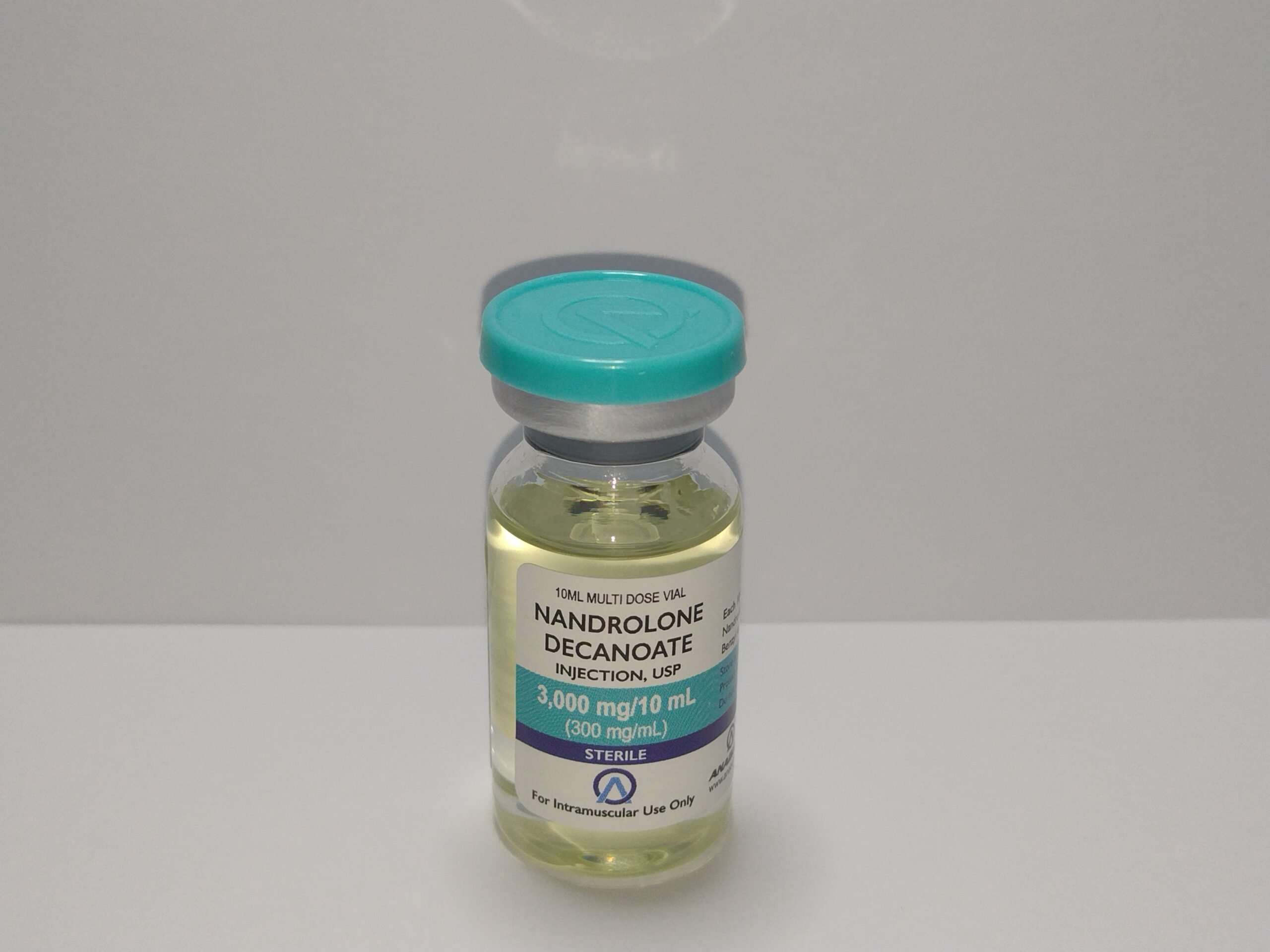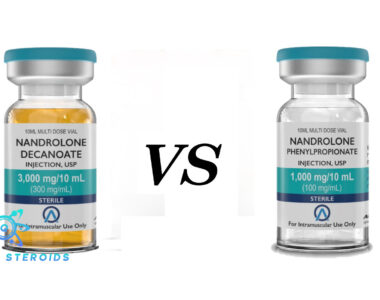
What is it?
Nandrolone, It is a synthetic (made in a lab) version of the hormone testosterone. It’s also known as DECA and 19-nortestosterone. This drug is a type of anabolic androgenic steroid. Healthcare providers prescribe DECA to treat some forms of anaemia. It can also help build tissue in people with weakened or damaged tissue.
How does it work?
Providers prescribe it as an injection (shot) into a muscle. Once in your body, it behaves a lot like testosterone. Testosterone is a sex hormone called an androgen. Testosterone also has “anabolic” properties. This is why DECA is called an “anabolic androgenic” steroid. The language offers clues about how nandrolone works:
- Anabolic: Anabolism is the process of building muscles, bones, or other body structures. Testosterone promotes tissue growth and expands muscle mass.
- Androgenic: Testosterone is an androgen. It’s most known for stimulating the development of sex characteristics in men and people assigned male at birth (AMAB).
Scientists modelled nandrolone after testosterone because of testosterone’s anabolic (tissue-building) power. They boosted its anabolic properties while weakening its androgenic properties. So it has more tissue-building power than testosterone but is a weaker sex hormone.
Still, this drug is a sex hormone. The side effects associated with DECA occur because it behaves as an added sex hormone in your body.
What is nandrolone used for?
Healthcare providers primarily prescribe it to treat anaemia associated with chronic kidney failure. Anaemia involves not having enough healthy red blood cells, which boosts red blood cell production.
Providers also use it to treat:
- Osteoporosis in people who no longer get periods (postmenopause).
- AIDS-associated wasting away syndrome.
- Chronic kidney disease (CKD).
- Breast cancer.
Some studies suggest that DECA can help heal damaged joints.
How should I use this medicine?
Nandrolone is currently unavailable in the United States. The U.S. Food and Drug Administration previously approved it for use, but there aren’t any manufacturers or distributors with current approval to provide it within the U.S.
Healthcare providers who prescribe DECA take care to determine the appropriate dosage. They check for side effects so that people can receive DECA as safely as possible. It’s essential to take this medicine according to a provider’s instructions.
What are the side effects of using nandrolone?
General side effects include:
- Headaches.
- Acne.
- Diarrhoea.
- Nausea and vomiting.
- Swelling, especially in your feet, ankles, and legs (oedema).
- Trouble sleeping (insomnia).
- Mood changes, including depression, irritability, and aggression.
Side effects vary based on your age and sex. Some of these changes are reversible when you stop taking the medicine. Others are permanent. This is why it’s essential that a healthcare provider catch any side effects early and adjust treatment.
Men and people assigned male at birth (AMAB)
Before puberty, side effects include penis enlargement and frequent erections. After puberty, side effects include:
- Decreased testes size and function (testicular atrophy).
- Low sperm count (oligospermia).
- Persistent, painful erections (chronic priapism).
- Erectile dysfunction.
- Inflammation in the tube behind your testicles (epididymitis).
- Painful or irritable bladder.
- Changes in sex drive (libido).
- Breast enlargement (gynaecomastia).
Women and people assigned female at birth (AFAB)
Nandrolone may cause you to develop sex characteristics associated with people AMAB. Side effects include:
- Irregular menstrual cycle.
- Enlarged clitoris (clitoromegaly).
- Hair growth on your face, chest, and back (hirsutism).
- Male pattern baldness (androgenic alopecia).
- Changes in sex drive (libido).
- Deeper voice.
What are the benefits of using it?
Can help manage certain conditions.
- Promotes red blood cell production.
- Promotes muscle endurance and healing.
- Builds lean muscle mass.
- Increases bone density.
What are the risks of using it?
Taking DECA without a prescription is especially risky. Many bodybuilders who use nandrolone take it at higher doses than a healthcare provider would safely prescribe. This increases your risk of side effects.
DECA also poses more serious risks, including:
- Blood-filled cysts in your liver (peliosis hepatis): These growths can lead to liver failure and are potentially fatal. Usually, the cysts resolve when you stop treatment. Often, however, they don’t cause symptoms until your condition has progressed.
- Liver tumours: Most of these tumours are benign and go away once you stop treatment. Still, some cases have been malignant (cancer).
- Hardening in your blood vessels (atherosclerosis): Plaque can build up in your arteries. The buildup can lead to cardiovascular disease and increase your risk of a heart attack or stroke.
Even when taken at the appropriate doses, nandrolone can cause heart failure and liver damage.
What should I tell my healthcare provider before taking this medicine?
Certain allergies or conditions may prevent you from taking it.
Let your provider know if you’re pregnant or breastfeeding (chestfeeding). You shouldn’t take it during pregnancy. Whether you can pass it on to your baby in breast milk is unknown. Follow your healthcare provider’s guidance.
Where is it currently available?
It is available in Australia, Belgium, China, India, and the United Kingdom. It’s not available in the U.S. The manufacturer stopped making nandrolone for reasons unrelated to its safety or effectiveness.
Detection in body fluids
DECA use is directly detectable in hair or indirectly detectable in urine by testing for the presence of 19-norandrosterone, a metabolite. The International Olympic Committee has set a limit of 2.0 μg/L of 19-norandrosterone in urine as the upper limit, beyond which an athlete is suspected of doping. The largest DECA study, conducted on 621 athletes at the 1998 Nagano Olympic Games, found that no athlete tested over 0.4 μg/L. 19-Norandrosterone was identified as a trace contaminant in commercial preparations of androstenedione, which until 2004 was available without a prescription as a dietary supplement in the U.S. Mass spectrometry is also used to detect small amounts of nandrolone in urine samples.





